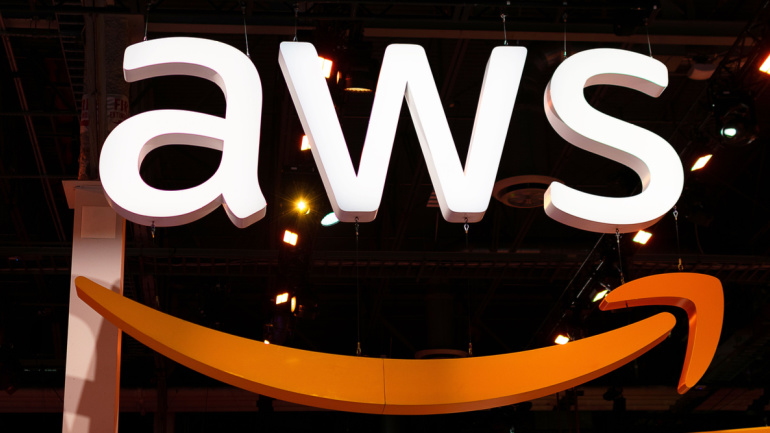Iliad, the French telecom operator, steps up to redefine Europe’s AI landscape, unveiling a Nvidia DGX SuperPOD, the first in Europe. Aimed for their Cloud division, Scaleway, it aims to accelerate AI services for businesses while securing a technological edge. Yet, questions on ROI and sustainability lurk amidst innovation.
Nvidia aims to convince telecoms to use its GPUs in 5G networks, citing NTT Docomo’s recent GPU-accelerated 5G launch in Japan. Yet, the role of Nvidia’s GPUs in telecom remains unclear. Meanwhile, the FCC breaks a two-year deadlock, reigniting net neutrality debates. Telefonica Germany partners with Skylo for global IoT connectivity, expanding options for businesses and consumers. Nokia explores rugged 5G devices for harsh environments, catering to specialized industries with challenging conditions.
Snom Technology, the globally established telecommunications hardware brand, has been providing the high-end hotel industry with premium handsets for years. These devices are widely regarded as an enormous asset to the industry, since hotel rooms still need to feature a telephone in order to win stars. Despite this, not every hotel wants sophisticated business phones in its guest rooms, as only a minority of people will need to use all the device’s functions.
Cloud communications leader Sinch and one of North America’s largest and most trusted membership organizations, AAA, are partnering to expand chat capabilities for individuals requesting roadside assistance. These changes will allow those stranded in remote areas to seamlessly connect with AAA for help.
Samsung Electronics and KDDI today announced the companies have signed a Memorandum of Understanding (MOU) to form a 5G Global Network Slicing Alliance. Through this new alliance, the companies will work together to introduce an array of commercial 5G network slicing services and assess new business models based on this innovative technology.
Amid growing inflation and swelling telecom budgets, the advent of 6G brings in costly implications tied to Radio Access Network (RAN) equipment. As these financial implications loom, The Next Generation Mobile Network (NGMN) Alliance proposes a different approach to 6G implementation that may spare existing 5G infrastructure from unnecessary renewal. They advocate an operator-driven decision process in refreshing the 5G RAN, maintaining that 6G upgrade should not compromise 5G user experience and should be software-upgradable on existing network elements. As 5G capex reaches its peak in markets like the U.S., NGMN’s stance could potentially redefine traditional strategies in introducing new generations of mobile technology.
Orange Marine continues to assert dominance in the subsea cable industry with the sophisticated ‘Sophie Germain’, an innovative vessel designed for comprehensive undersea cable care. This 100 meter long ship is home to a 450 kW ROV for precise optic cable maintenance. Moreover, it not only enhances connectivity globally, but also makes strides in sustainability by significantly reducing fuel consumption and slashing emissions. Remarkably, in a field with only 60 cable ships worldwide, Orange Marine introduces innovation that may reshape the future of global telecommunications infrastructure.
Unveiling a new dimension to their collaboration, Ericsson and Google aim to enhance Cloud RAN solutions leveraging Google’s Distributed Cloud. This endeavor, targeting seamless automation, orchestration, and incorporation of AI and machine learning, promises wide-ranging benefits for communications service providers. Observations from the Ericsson Open Lab revealed the power of the Google Distributed Cloud in extending network functionalities, opening exciting new possibilities in the telecoms landscape.
Nokia intensifies focus on AI and machine learning enhancements with the advent of their new Open Innovation Lab in Dubai. This facility is set to target telecommunications operations in Middle East and Africa, potentially bolstering business for Dell and Hewlett Packard Enterprise. The lab’s agenda encompasses three key areas: cloud RAN collaboration, promotion of private wireless and industrial networks, and acceleration of AI-driven network automation. The lab’s existence could pave the way for increased productivity, overall network efficiency and novel revenue opportunities in the region.
Amazon’s sizable investment in one AI provider shakes up AWS’ traditional neutral stance on supporting multiple AI models—a game-changer with implications for large tech players and telecommunication operators. The recent announcement to commit up to $4 billion to Anthropic, a competitive stakeholder in AI, could alter customer experiences and sway preferences towards their Claude AI model. The telecoms industry’s reaction remains crucial as operators navigate the expanding AI revolution.













